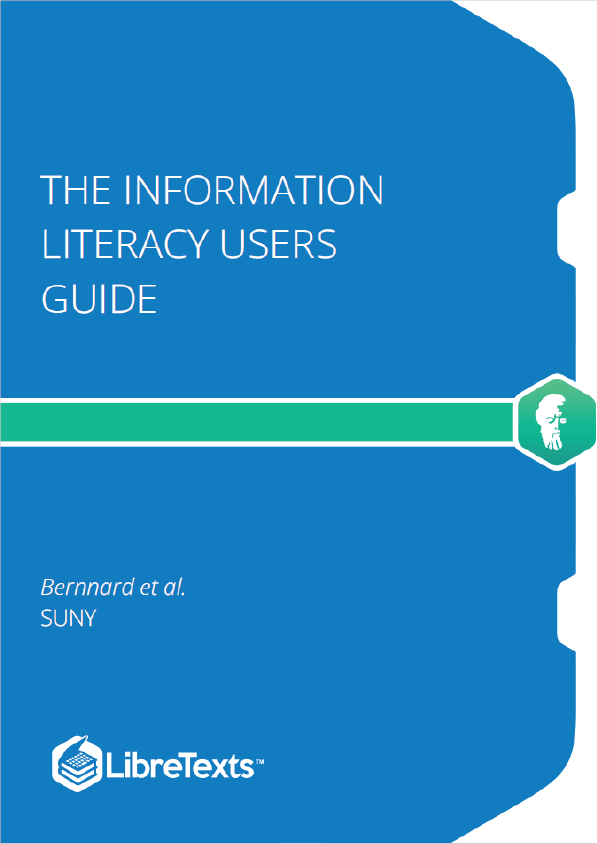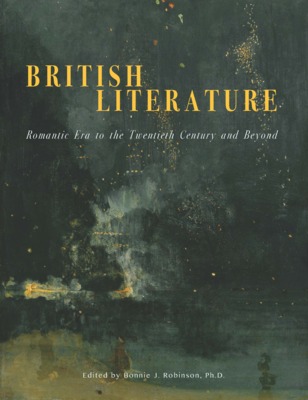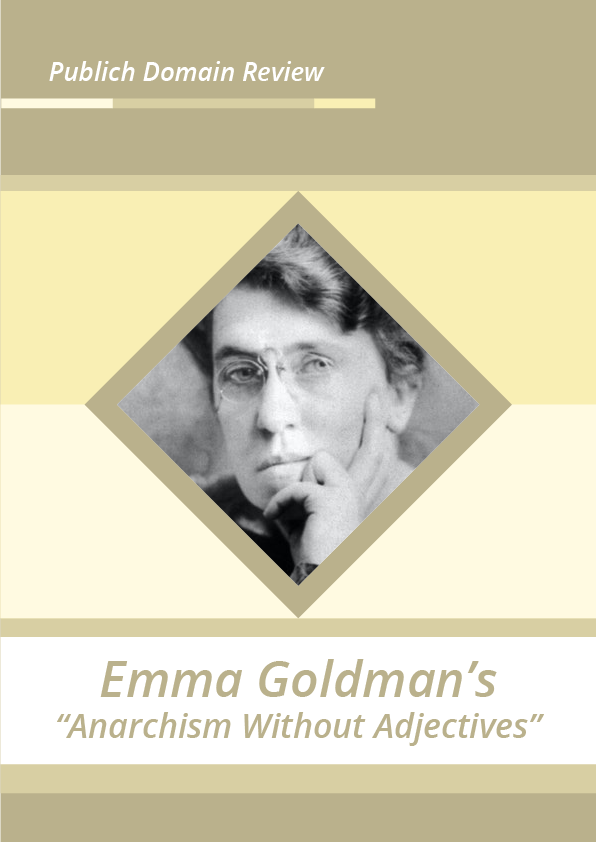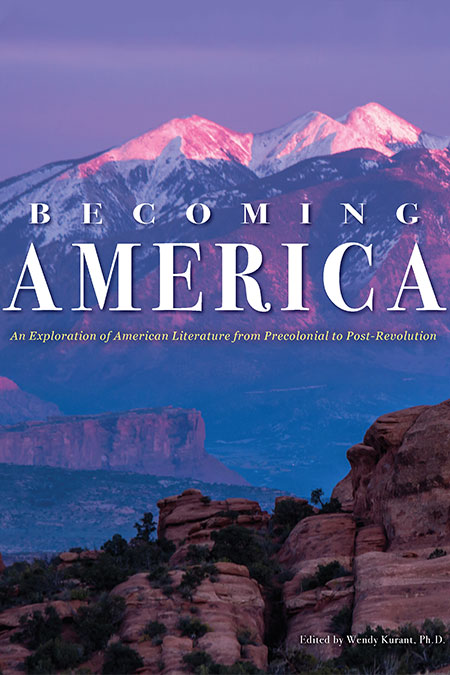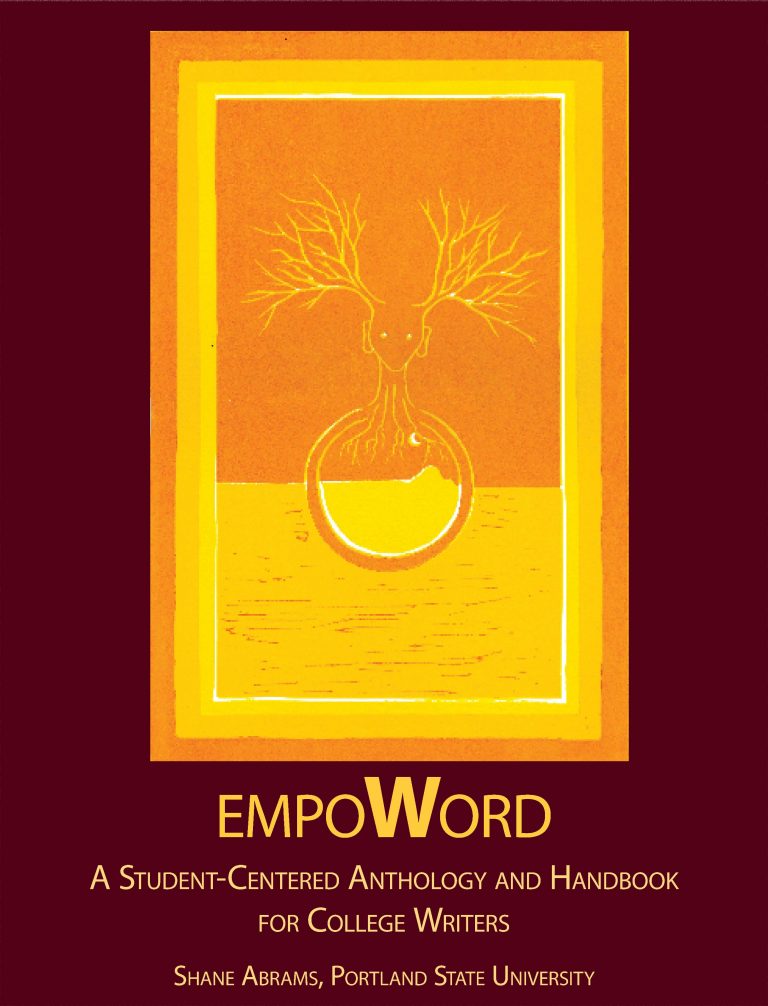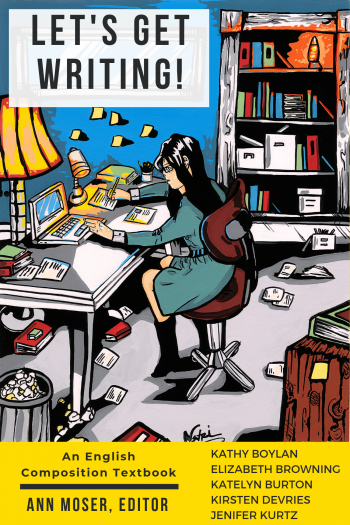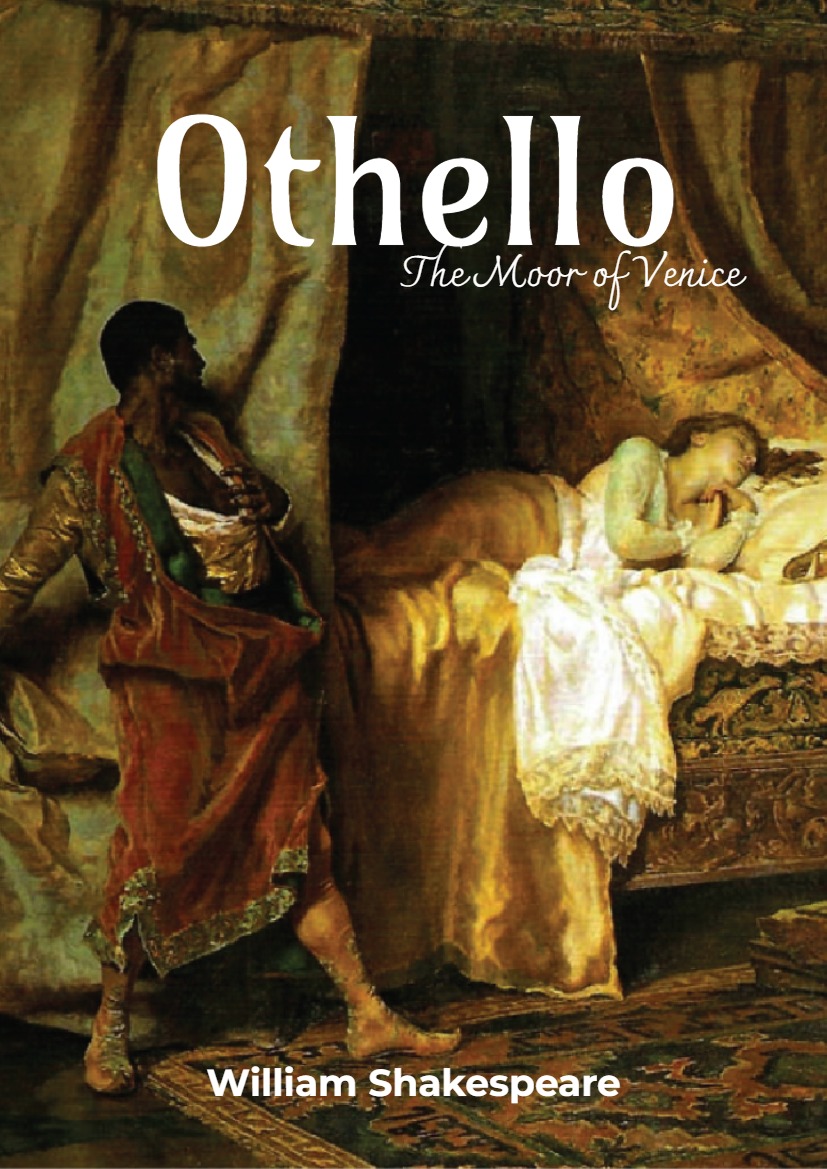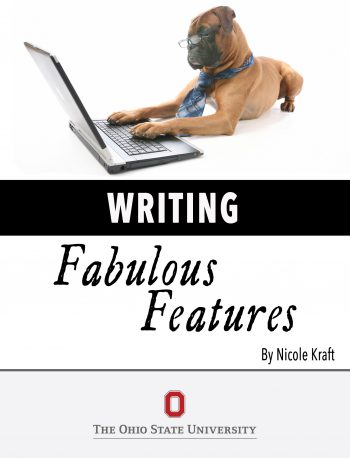The Information Literacy User’s Guide introduces students to critical concepts of information literacy as defined for the information-infused and technology-rich environment in which they find themselves. This book helps students examine their roles as information creators and sharers and enables them to more effectively deploy related skills. This textbook includes relatable case studies and scenarios, many hands-on exercises, and interactive quizzes.
In this chapter, you will learn about the first pillar of information literacy. While the pillars are normally presented in a certain order, it is important to remember that they are not intended to be a step-by-step guide to be followed in a strict order. In most research projects, you will find that you move back and forth between the different pillars as you discover more information and come up with more questions about your topic. In this chapter you will learn how to identify your information need so that you can begin your research, but it is likely that you will also revisit some of the ideas in this chapter to make sure you are actually meeting that need with your research findings.
A person proficient in the Identify pillar is expected to be able to identify a personal need for information. They understand
- That new information and data is constantly being produced and that there is always more to learn
- That being information literate involves developing a learning habit so new information is being actively sought all the time
- That ideas and opportunities are created by investigating/seeking information
- The scale of the world of published and unpublished information and data
They are able to
- Identify a lack of knowledge in a subject area
- Identify a search topic/question and define it using simple terminology
- Articulate current knowledge on a topic
- Recognize a need for information and data to achieve a specific end and define limits to the information need
- Use background information to underpin the search
- Take personal responsibility for an information search
- Manage time effectively to complete a search
Norm All know was having trouble. He had been using computers since he was five years old and thought he knew all there was to know about them. So, when he was given an assignment to write about the impact of the Internet on society, he thought it would be a breeze. He would just write what he knew, and in no time the paper would be finished. In fact, Norm thought the paper would probably be much longer than the required ten pages. He spent a few minutes imagining how impressed his teacher was going to be, and then sat down to start writing.
He wrote about how the Internet had helped him to play online games with his friends, and to keep in touch with distant relatives, and even to do some homework once in a while. Soon he leaned back in his chair and looked over what he had written. It was just half a page long and he was out of ideas.
